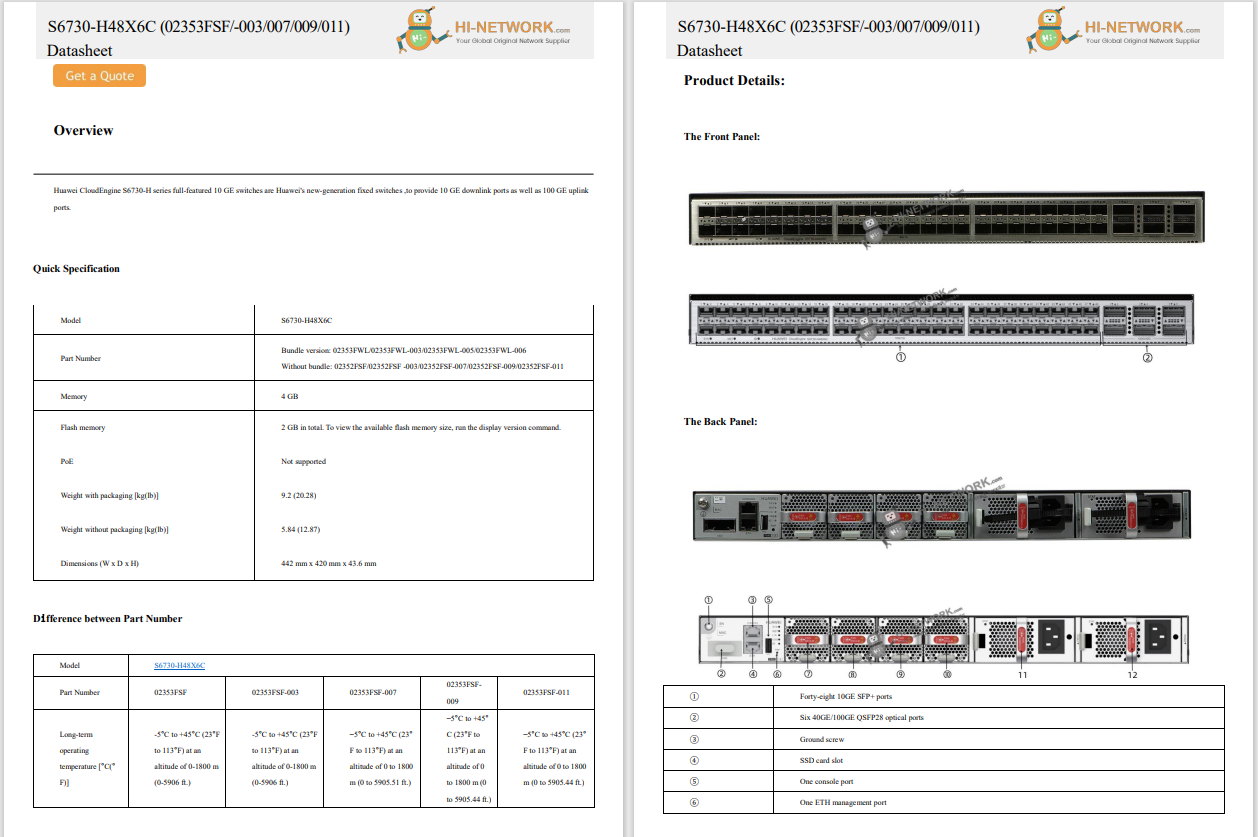































The?traditional Intrusion Detection Systems (IDS) have?depended?on rule-based or signature-based detection, which?are?challenged?by?evolving cyber threats.?Through?the?introduction?of Artificial Intelligence (AI), real-time intrusion detection has become more?dynamic?and?efficient.?Today we're going to discuss the various?AI algorithms that can be?investigated?to?identify?what?works?best?when it comes to identifying?anomalies and threats in firewall security.
Random Forest (RF)is a machine learning algorithm that?generates?several?decision trees and aggregates their?predictions?in order?to classify network traffic as?malicious?or?normal.
RF?is?extremely?popular?in IDS due to its fast processing, interpretability, and ability to?remove?false positives.?RF-based?firewalls?can make?data-driven security decisions?at high speed?without compromising accuracy.
Support Vector Machines (SVM)operate by identifying the optimal hyperplane to differentiate between attack traffic and normal traffic. SVM is highly effective when handling structured data. It is best applied to intrusion detection founded on clearly defined patterns
SVM can enable real-time classification of threats with minimal computational overhead in firewall security scenarios.
Artificial Neural Networks (ANNs)?replicate?the human brain's?capacity?to?identify?patterns and learn from?previous?experience.
ANNs monitor network traffic to identify deviations from normal behavior, making them extremely efficient at identifying unusual attack vectors. By incorporating ANNs into intrusion detection systems, firewalls can learn, deriving knowledge from cyber-attacks and becoming increasingly more accurate.
Long Short-Term Memory (LSTM), a recurrent neural network (RNN) variant, is particularly suited for identifying sequential attack patterns across time.
In contrast to conventional algorithms, LSTM holds on to past information,so it is especially effective at identifying slow-developing, gradual attacks that may not be immediately apparent. LSTM firewalls can identify time-based anomalies and mark suspicious behavior before it becomes a problem.
Autoencodersare unsupervised learning?algorithms?that learn the normal behavior of network traffic and detect?anomalies?as?deviation.
So,?they?are?highly effective?in?combating?zero-day attacks?with?no?pre-defined?attack signatures. Firewalls equipped with autoencoders?can?actively detect new,?previously?unknown threats without advance knowledge about attacks.
Hybrid AI Models?integrate?two?or more?algorithms, such as RF with ANNs or LSTM with autoencoders, to leverage the strengths of different?methods. These models enhance real-time detection accuracy with fewer false alarms. Most modern firewalls now incorporate hybrid AI solutions to provide more dynamic and context-based intrusion detection.
To explore AI-based intrusion detection, start by using a relevant dataset like NSL-KDD or CIC-IDS2017 that contain labeled network traffic data. Next, choose an AI algorithm based on your needs Random Forest and SVM work well for fast classification, while LSTM and Autoencoders work well for anomaly detection.
Once an algorithm is selected, the model needs to be trained and tested with tools such as Python, TensorFlow, or Scikit-Learn, while also ensuring that its performance is compared with accuracy and recall scores. Subsequently, the model needs to be tested against real network traffic with tools such as Wireshark or Suricata to ensure its efficacy.
Finally,?it is necessary to?integrate the AI model?in?an automated intrusion response system?so?that?it can dynamically?alter?firewall rules and alert security teams?about?detected threats.

AI-driven?intrusion detection is revolutionizing?the?cybersecurity?ecosystem,?rendering?firewalls?proactive, adaptive, and intelligent. As cyber threats continue to?advance, AI- driven?methods?will?be?the?answer?to?real-time defense?mechanisms.?Hybrid AI models, which?meld?various?approaches?for?high-speed?and?high-accuracy security,?represent the future of intrusion detection.
We'd love to hear what you think. Ask a Question, Comment Below, and Stay Connected with Cisco Secure on social!
 Hot Tags :
Firewall
Artificial Intelligence AI
Hot Tags :
Firewall
Artificial Intelligence AI